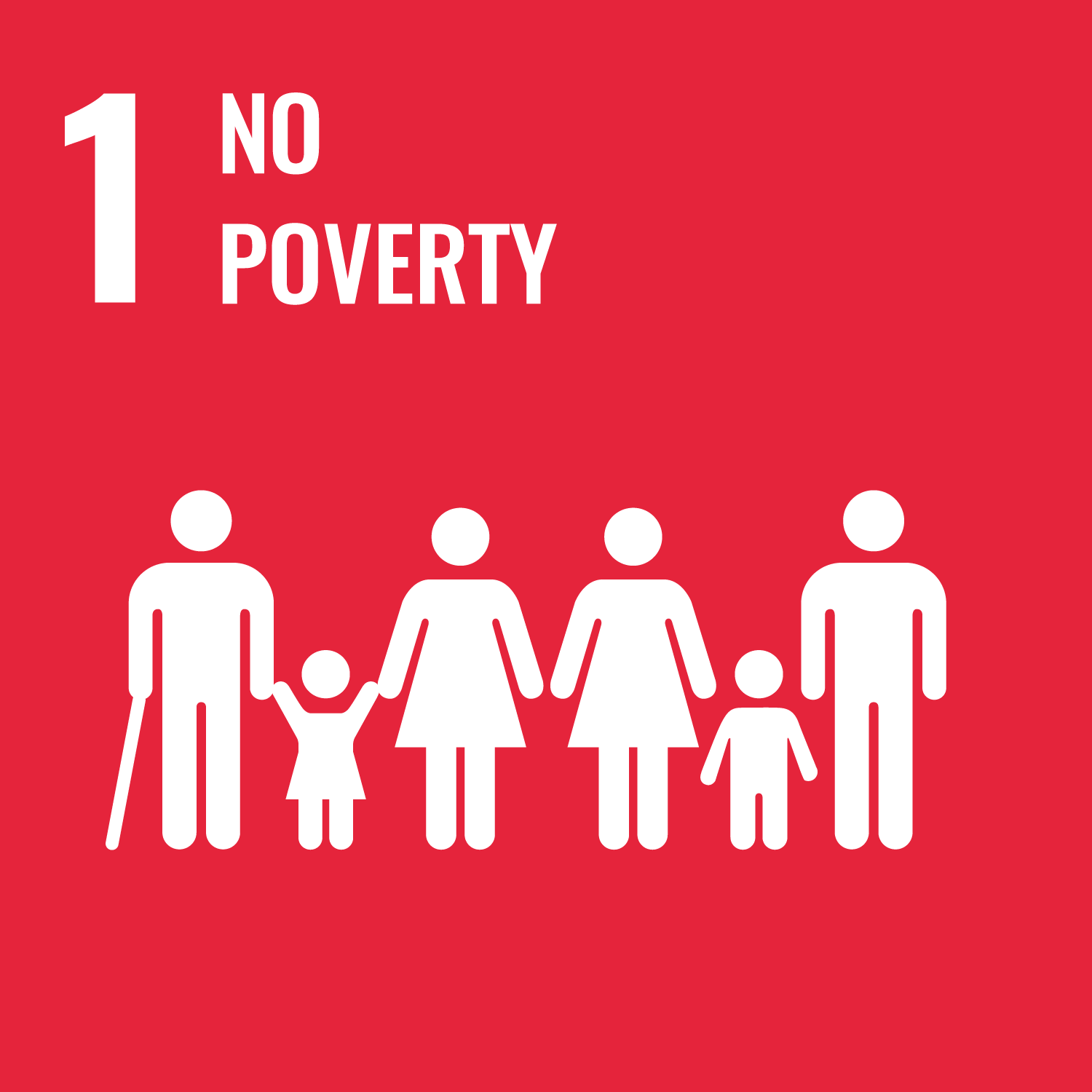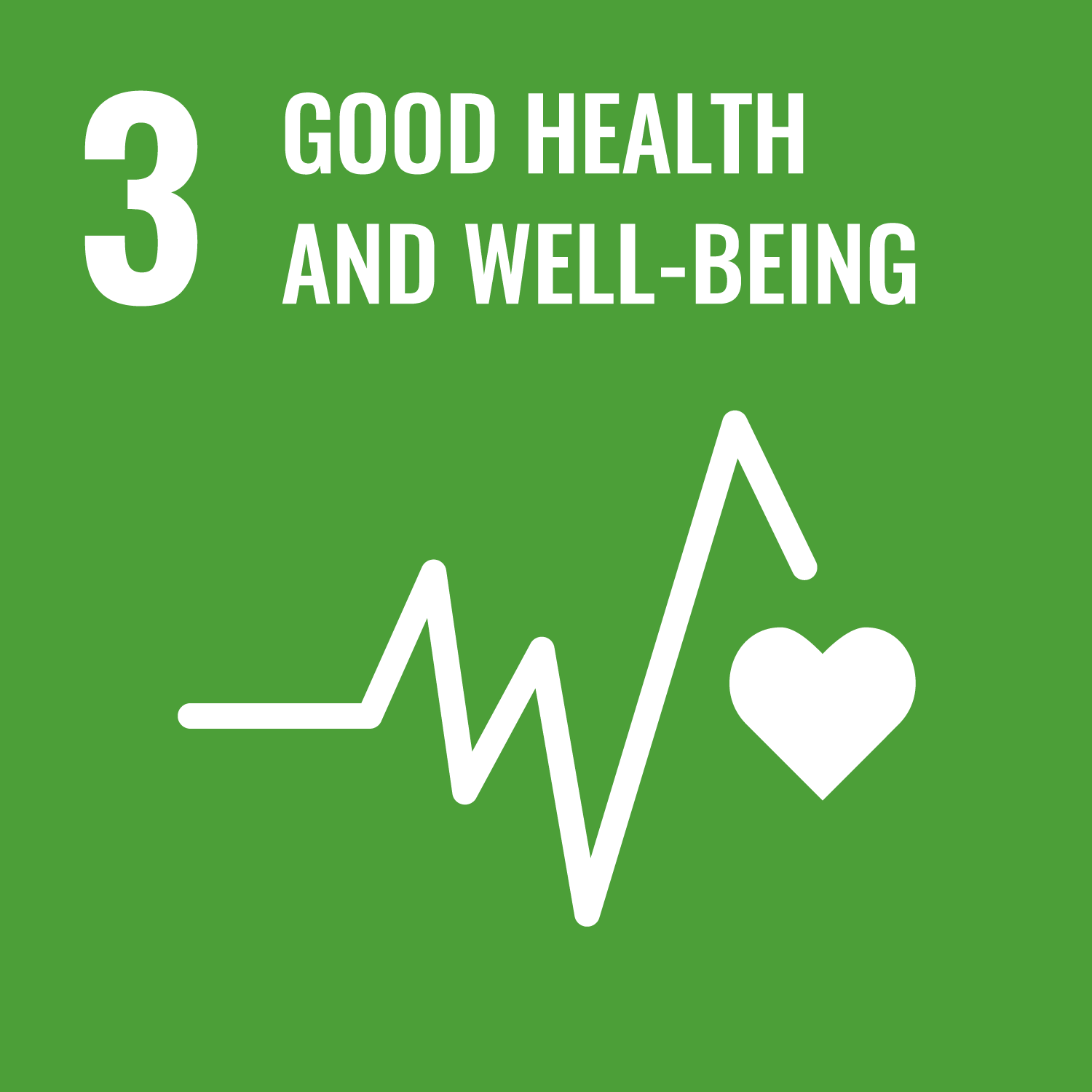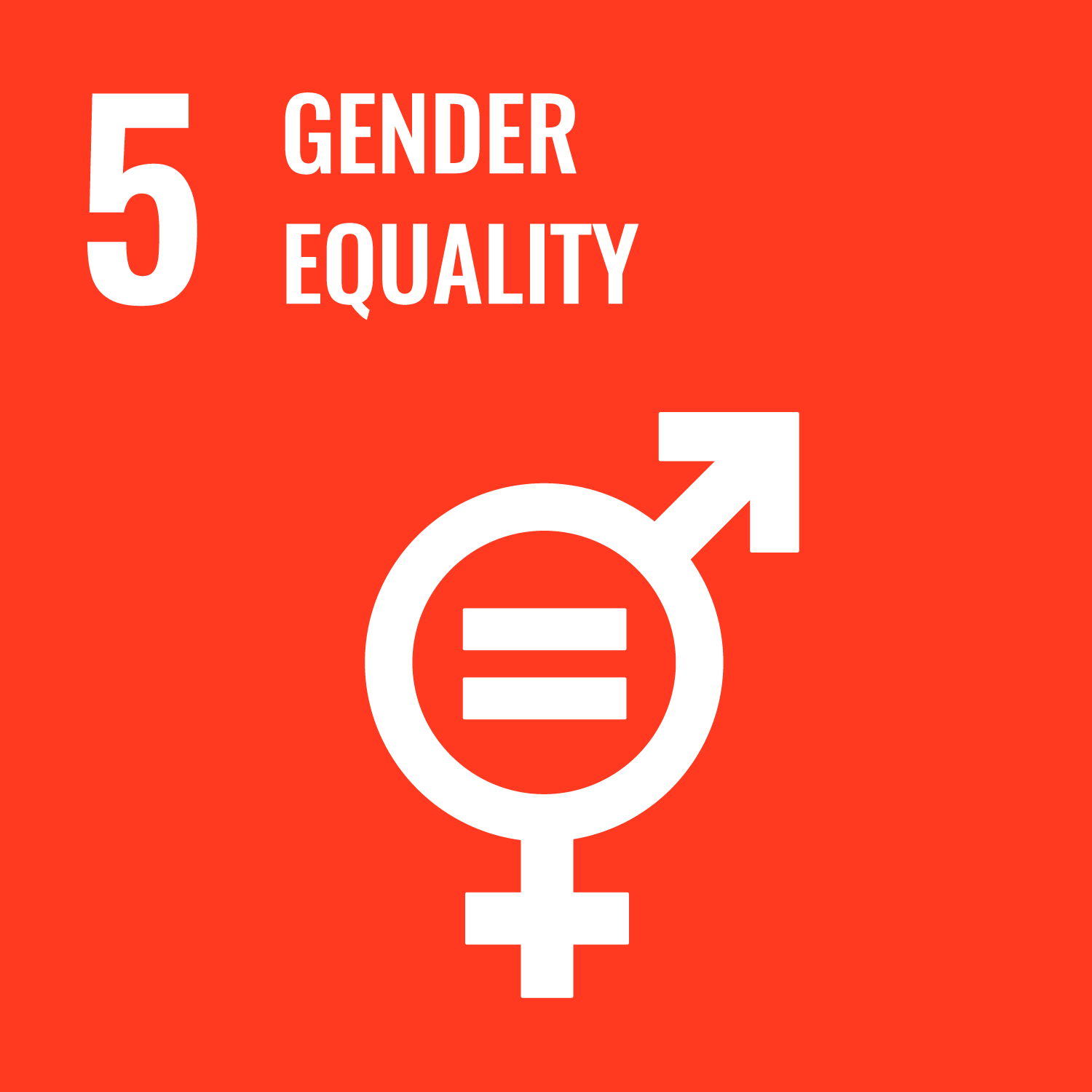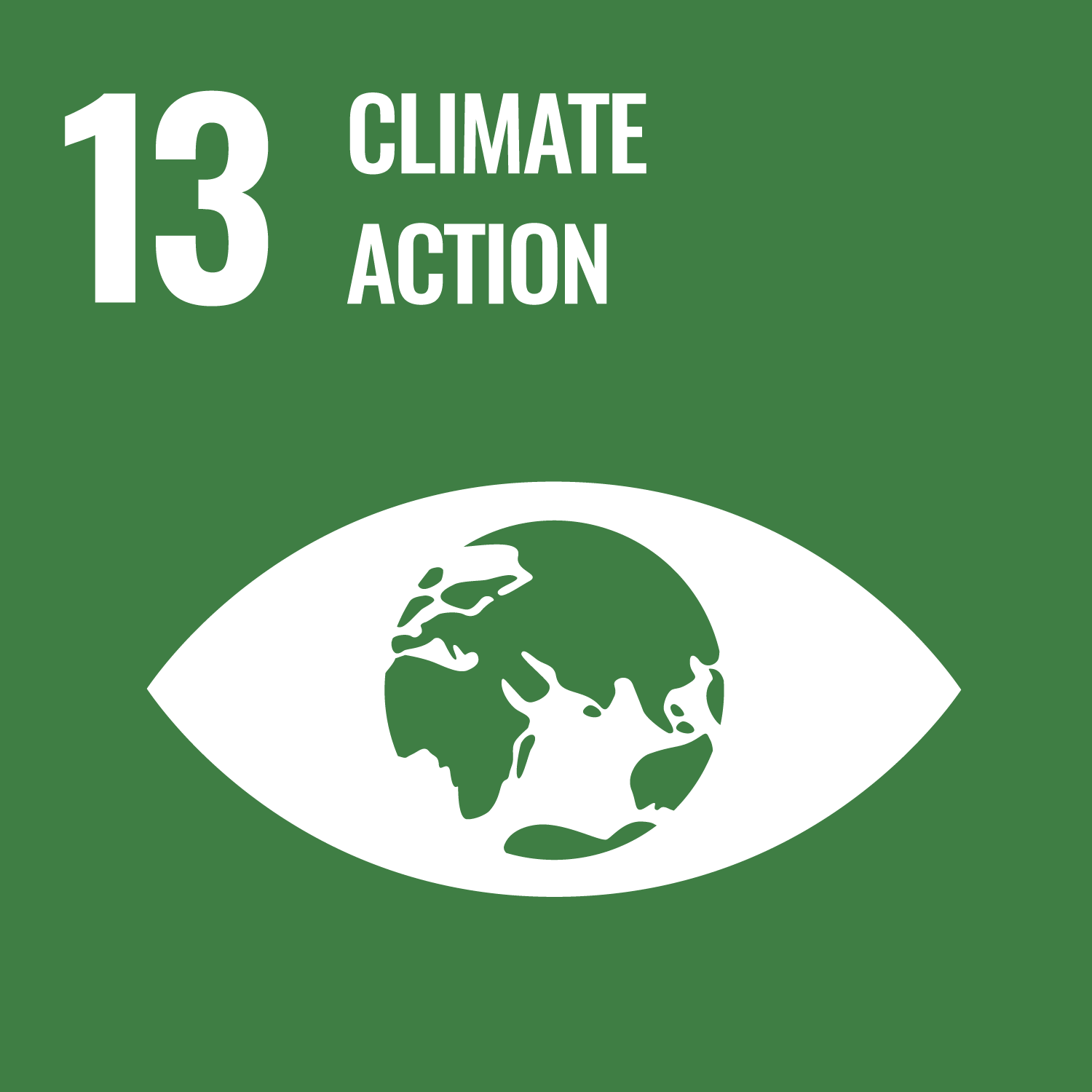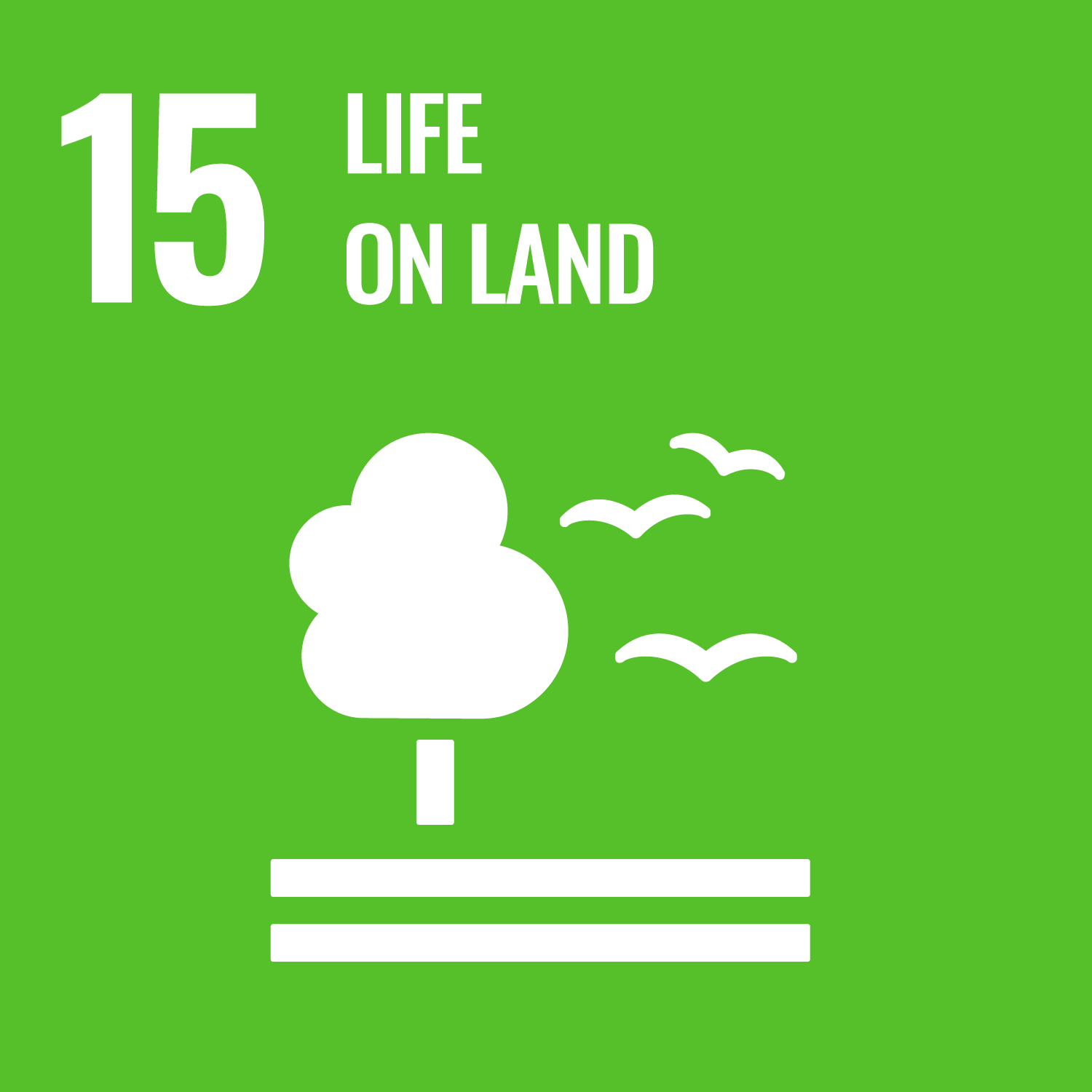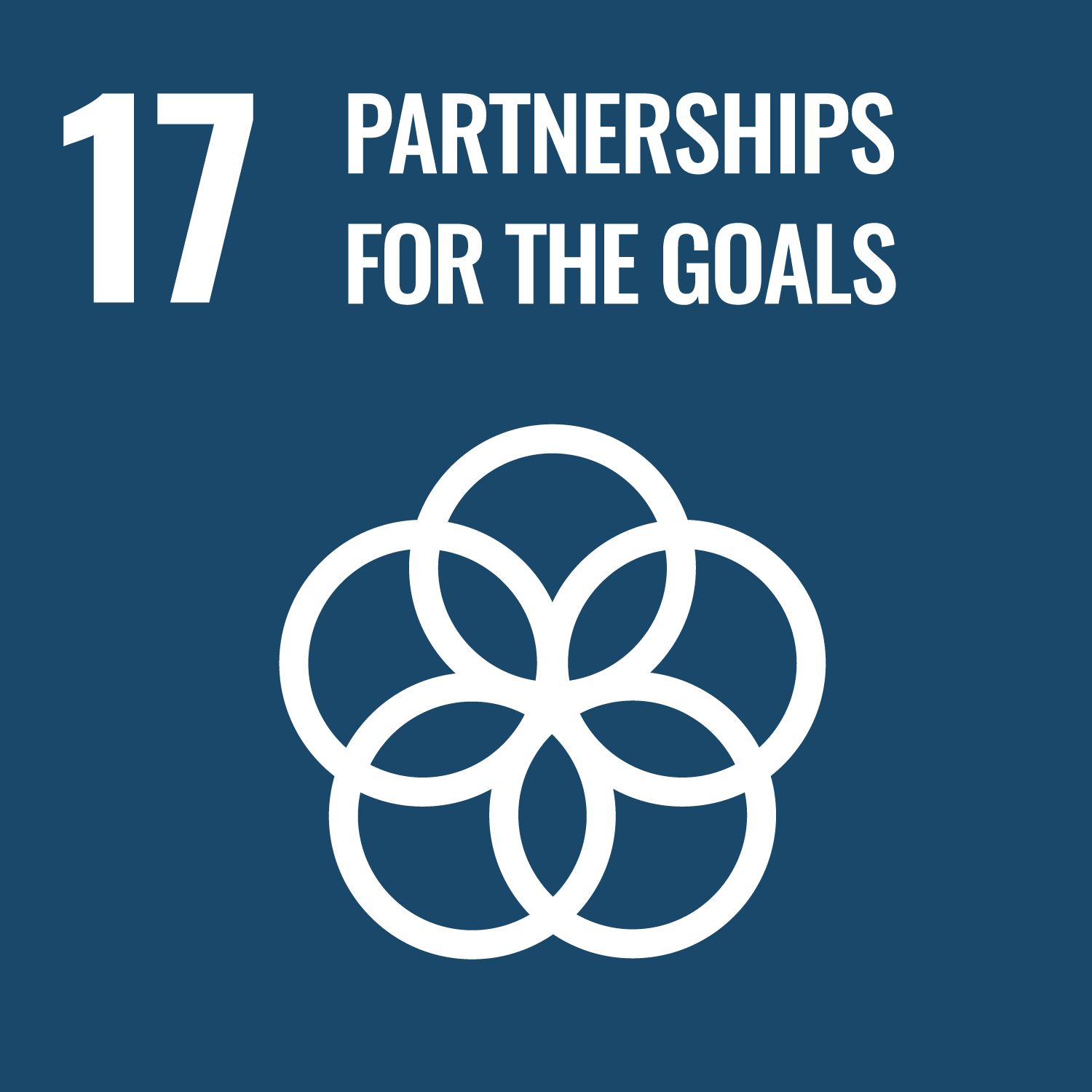ITTO and UNCCD unite for land restoration to mark world day against desertification and drought
17 June 2024

A view of a restored landscape in southern Peru, area of work of two ITTO projects. Photo: Nils Perez
17 June 2024: On World Day to Combat Desertification and Drought, ITTO stands side-by-side with the UN Convention to Combat Desertification (UNCCD) and all governments and stakeholders committed to restoring degraded landscapes and sustainably managing tropical forests as means for ensuring ecosystem health and the wellbeing of local people, communities and nations.
The World Day is held each year to raise awareness about the significant challenges posed by desertification and drought worldwide. This year’s theme, “United for Land. Our Legacy. Our Future”, emphasizes the urgent need for collaborative efforts to restore and maintain land health for future generations.
In a step towards this goal, ITTO and the UNCCD signed a memorandum of understanding (MOU) in February 2024. The aim is to enhance synergies between the two organizations in supporting the efforts of ITTO member countries and UNCCD parties to restore and maintain tropical forest landscapes.
The collaboration between ITTO and UNCCD also seeks to promote the sustainable production of timber and other forest products, along with ecosystem services, which are crucial for increasing the resilience of forests and forest-dependent communities in the face of disasters such as droughts, floods and wildfires.
Reflecting on the importance of the ITTO–UNCCD partnership, ITTO Executive Director Ms. Sheam Satkuru said, “Our new alliance with UNCCD signifies a pivotal moment in our mission to restore tropical forests. By combining our expertise and resources, we can create lasting impacts on both the environment and the livelihoods of communities that depend on these vital ecosystems”.
ITTO and its partners published Guidelines for Forest Landscape Restoration in the Tropics in 2020. These guidelines, which include 18 case studies in tropical regions, provide a practical approach to combating land desertification and degradation through effective forest landscape restoration (FLR) and improved livelihoods.
ITTO’s on-the-ground projects exemplify the Organization’s commitment to active restoration in the tropics and the broader application of the FLR guidelines. In southern Peru, for example, two significant ITTO-funded projects—one recently completed and the other ongoing—are assisting the rehabilitation and restoration of degraded coastal areas. The work has not only helped restore high-value timber species but also provided sustainable livelihoods and contributed to climate-change mitigation and adaptation.
In Papua New Guinea, an ITTO project is empowering customary landowners by enhancing their decision-making capabilities regarding forest resources. The initiative has established a model system for community-based land-use planning and forest resource assessment, which could lead to payments for ecosystem services in four pilot areas.
In Côte d’Ivoire, a project completed in 2018 focused on restoring degraded forests around the Duékoué and Scio gazetted forests in the western part of the country. This project involved local communities, displaced people and refugees and enriched natural forests with high-quality seeds and seedlings of indigenous and exotic tree species. It also provided alternative livelihoods through the adoption of sustainable taungya agroforestry systems.
These projects, along with the FLR guidelines, have the potential to be scaled up and replicated across the tropical regions. Increased funding and investment will be crucial for expanding these successful models.
As the world observes World Day to Combat Desertification and Drought, ITTO joins the global call to unite for land, our legacy, and our future. Land restoration is imperative for economic, social and environmental reasons. Effective policies and fieldwork must integrate these dimensions to ensure sustainable success.
“Restoring our tropical forests is not just about conserving nature; it’s about securing a sustainable future for the communities who depend on these forests and for the planet as a whole,” said Ms. Satkuru. “ITTO remains committed to driving this vision forward, united with global partners and stakeholders in the fight against desertification and drought.”
